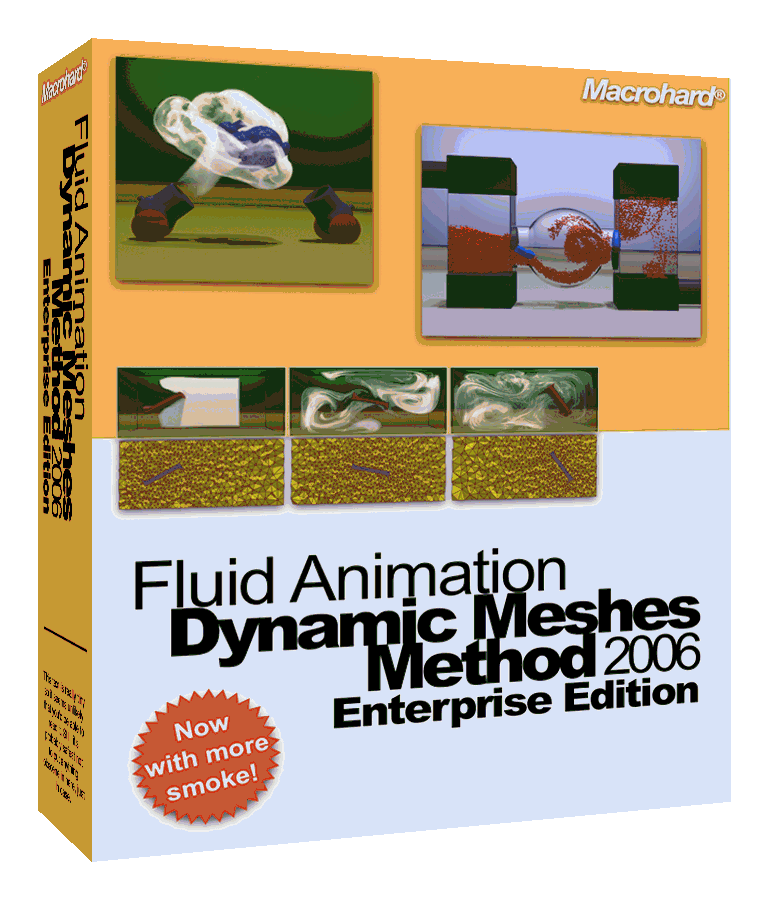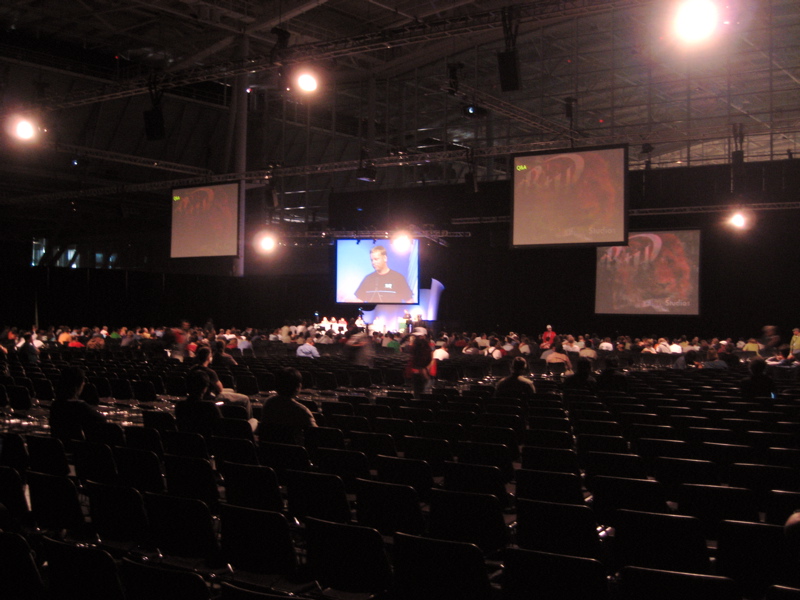Most of you know that I’ve already generated enough cynicism about the high echelons of academia to last me tidily the three more years I am scheduled to remain ensconced in this ivory tower. But I’m not going to let that keep me from sharing a little bit more–this time it’s about “talks.”
I was lucky (in many ways) to end up this year with a paper in this year’s SIGGRAPH. The reward for such an achievement, besides a little ribbon that hangs from your name tag at the conference, is the chance to give a 20-minute talk presenting your paper to whomever decides to show up, possibly several hundred people. Now, everyone knows how I like to talk, and I do have a geniune affection for the act of teaching, so by all signs the talk promised to be lots of fun. I was very pumped up over the chance to share the work we did, excited about all the cute pictures I would make to explain it all. And indeed, creating the talk has been a blast. What I’m not so crazy about is the way I’ve had to change it to meet the “standards” of the academic community.
The fact of the matter is, maybe 1-5 people sitting at your talk will have already read your paper, and the majority of those people are your coauthors. The rest of the people are there because they do research in a similar field, or just want to see some pretty pictures. My thought was, “if any of these people actually want to use my stuff, they’ll go read the paper. So, let’s go heavy on the pretty pictures, and light on the ugly math.” This is, after all, what I love more than anything about graphics as opposed to other fields. The results aren’t just graphs of results or performance metrics or proofs. They’re basically shiny, pretty pictures. And pictures are something people can appreciate even if they don’t understand where they came from. So, my plan of attack was to just skip the math all together.
Wrong! You see, in academia, if you don’t confuse your audience unnecessarily, it means that you’re too stupid to manage it. The most important goal of your talk isn’t to advertise your method; it’s to advertise yourself. When some academics watch a presentation, and they follow it easily, and the don’t pull any brain muscles in the process, rather than coming to the conclusion that the presentation was a success, they think one of the following:
- There was no math! That idea must be trivial. Not even a single triple integral or partial differential equation!
- That presenter must be pretty dumb to not have managed to confuse me even once in his whole presentation! I mean, I’m not even one of the five people in the world working in his area. I should have been completely baffled.
- I’m one of the five people in the world working in his area. I can’t believe he didn’t derive each equation in his paper! It would only have taken about 15 of the 20 minutes, and I would have understood it perfectly! He’s coddling the audience.
And universally, all of these people would walk away with the impression of the speaker that:
If he were serious about making it in this world, he should have abused his audience more. Why couldn’t he be a bit more of a dick about his intelligence?
Of course, only a handful of people in the audience come to these kind of conclusions (I hope). I like to believe that the rest of the audience might be like me and appreciate the real goals of the talk. In fact, there are many brave presenters who do just exactly what I aspire to do, and despite all the praise I have for them, bad things probably get said behind their backs. I’ve heard it done. For now though, I’m an apprentice. The masters of the academy are doing their work, imparting these nuggets of wisdom. I just thought I’d share this one with you.







